20. November, 2025delish0
In the world of barcode printing, ribbons may seem inconspicuous, but they play a key role in "pen and ink". It determines whether the barcode can be clearly retained in harsh environments such as high temperature, friction, and chemical corrosion, and also determines whether the label pattern can be full of color and rich in detail. However, standard ribbons often fail to meet the ever-changing application scenarios. At this time, "ribbon customization" becomes the key to improving printing efficiency and effectiveness. And at the heart of all this is the hero behind the scenes - the ribbon slitting machine.
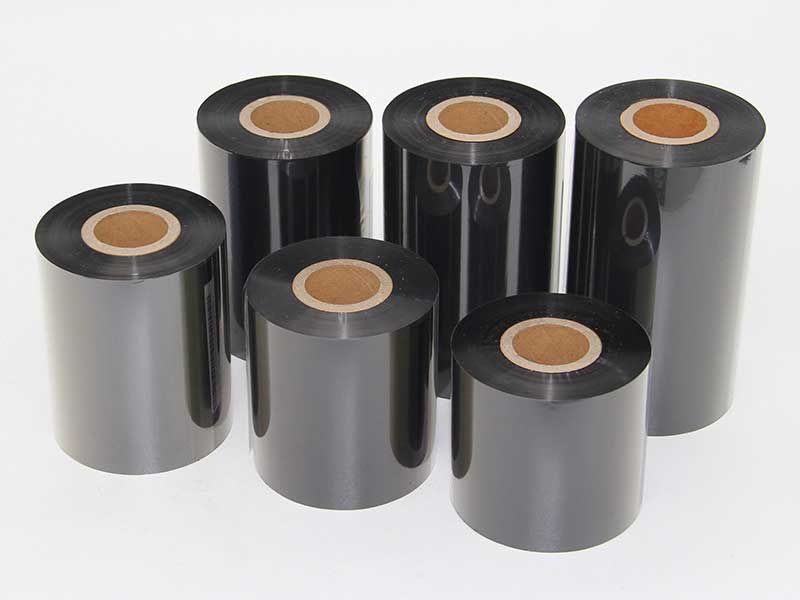
First, the core of ribbon customization: accurate matching from "general" to "exclusive"
Ribbon customization is not just a "cut smaller", its core is to provide the perfect match for size, performance and application for specific printing needs. This matching is mainly reflected in three levels:
1. Precise Size Fit:
◦ Pain points: Factories have a variety of printing equipment models and different label sizes. If you use too wide ribbon to print narrow labels, it will cause huge waste; Conversely, if the ribbon width is less than the label, it will result in incomplete printing.
◦ Customized core: According to the roller size and label width of the user's printer, the master roll is cut into precise and diverse widths (such as from 20mm to 110mm) to achieve accurate correspondence of "one machine, one belt" and eliminate waste.
2. On-demand allocation of performance:
◦ Pain points: Printing materials vary – plain coated paper, synthetic paper (PET, PE), fabric, and even metal. Different materials require ribbons of different compositions (such as wax-based, hybrid-based, resin-based) to ensure adhesion and durability.
◦ Customization Core: The slitting process is not just about physical cutting but also about the fine machining of high-performance materials such as resin-based ribbons. Ensures that the narrow ribbon retains its original coating structure after slitting and can withstand scratches, high temperatures, and chemical corrosion when printing demanding labels.
3. Improved Application Efficiency:
◦ Pain points: In retail, logistics and other industries, frequent replacement of ribbons affects work efficiency. They need small rolls of moderate length and ready to use.
◦ Customized core: Through slitting and rewinding, different lengths (such as 100 meters, 300 meters) can be provided to meet users' different needs for rewinding frequency and storage space, achieving efficient and uninterrupted printing operations.
It can be seen that the essence of ribbon customization is "tailor-made". And the ribbon slitting machine is the highly skilled "tailor".
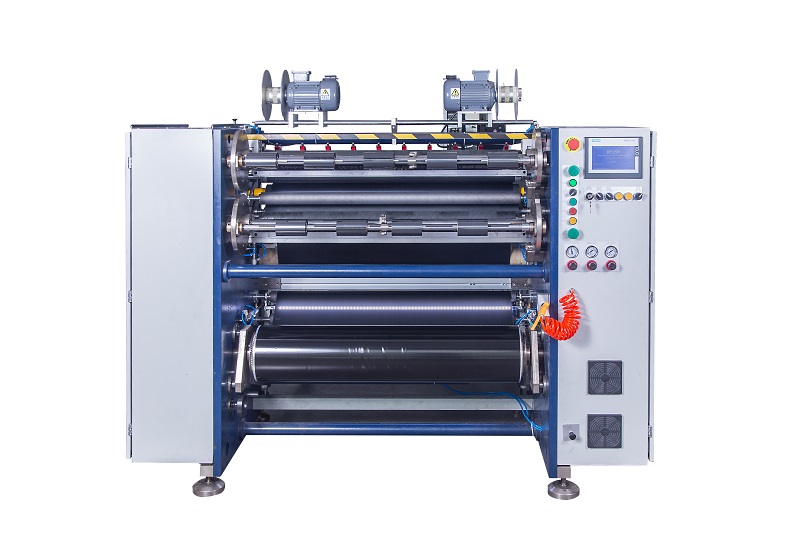
Second, detailed explanation of ribbon slitting machine: the "behind-the-scenes master" of precise cutting
The ribbon slitting machine is a special equipment that slices a wide ribbon master coil into multiple narrow small coils through high-precision automation equipment. Its work is far more than just "cutting".
1. Core Structure and Working Principle:
A modern ribbon slitting machine typically consists of the following key components:
• Unwinding System: Carries a large ribbon master coil and provides stable and adjustable tension through a magnetic powder clutch or servo motor, ensuring a smooth and jitter-free release process.
• Tension control system: This is the "soul" of the slitting machine. It monitors and adjusts the tightness of the ribbon in real time by setting tension sensors at multiple points such as unwinding, slitting and winding. excessive tension will cause the ribbon to stretch, deform, or even break; If the tension is too small, it will cause the coil to loosen and uneven overlapping. Precise tension control is the lifeline for slitting quality.
• Slitting device: This is a critical component that performs the cut. There are two main types:
◦ Blade slitting: Using a sharp, circular blade, cutting is performed by mechanical pressure. Suitable for most general-purpose ribbons.
◦ Laser slitting: Uses high-energy laser beam to instantly vaporize the material to achieve contact-free cutting. This is the hallmark of high-end slitting machines, especially suitable for cutting resin-based ribbons that are prone to debris, with smooth and flat cuts without dust pollution, which can greatly improve the service life of the print head.
• Correction system: The edge position of the ribbon is detected in real time through the photoelectric sensor, and once the deviation occurs, the system will immediately instruct the actuator to make lateral fine-tuning to ensure that the ribbon always runs in a straight line during the slitting process, so as to ensure the absolute accuracy of the slitting width.
• Winding system: Wind multiple narrow ribbons that have been cut into separate paper tubes. The winding motor must maintain a constant surface winding tension to make the winding tight and neat, avoiding "chrysanthemum rolling" or inner layer extrusion deformation.
The workflow can be briefly described as: master coil discharge → tension and correction control → high-precision slitting → simultaneous winding of multiple rolls → finished product inspection.

2. Technological evolution: from "usability" to "excellence"
Traditional slitting machines may only solve the problem of "separation", while modern high-end slitting machines pursue "good separation and fine separation":
• High Precision: The width tolerance can be controlled to ±0.1mm or even less, ensuring smooth operation on any printer.
• High speed: The increase in slitting speed is directly related to production efficiency, which can meet the needs of large-scale customized orders.
• Intelligent: Integrated PLC (programmable logic controller) and touch screen human-machine interface, parameter setting is completed with one click, and production data is recorded in real time, realizing intelligent and automated production.
• Dust-free: The application of laser slitting technology solves the problem of debris generated by traditional knife cutting, protects the print head, and improves the cleanliness of the ribbon itself.
epilogue
When we get a roll of custom ribbon with just the right width, neatly wound, and smooth printing, we should not forget the precision and wisdom contributed by the ribbon slitting machine behind it. With its stable tension control, precise correction system and advanced cutting technology, it turns the original ribbon master coil into an ever-changing "industrial ink" suitable for various scenarios.
It can be said that the ribbon slitting machine is the bridge connecting the original manufacturing of ribbon and the personalized application of the terminal, and is the physical core for the realization of the customized value of ribbon. It uses silent precision to give each label a clear identity and lasting vitality.






 Fully Automatic TTR Slitter RSDS8 Plus
Fully Automatic TTR Slitter RSDS8 Plus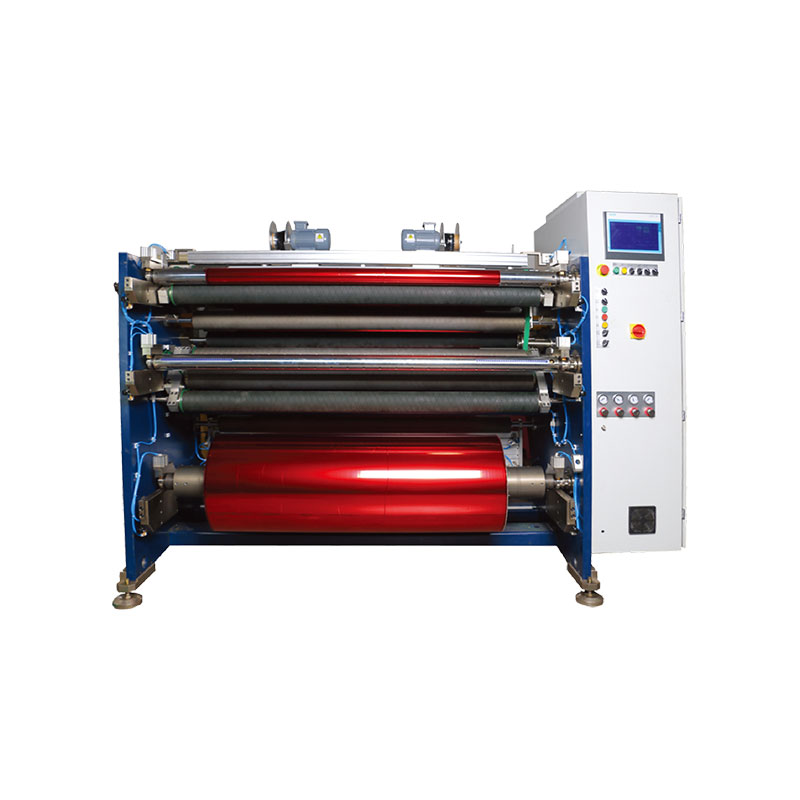 Hot Stamping Foil Slitter 1600mm
Hot Stamping Foil Slitter 1600mm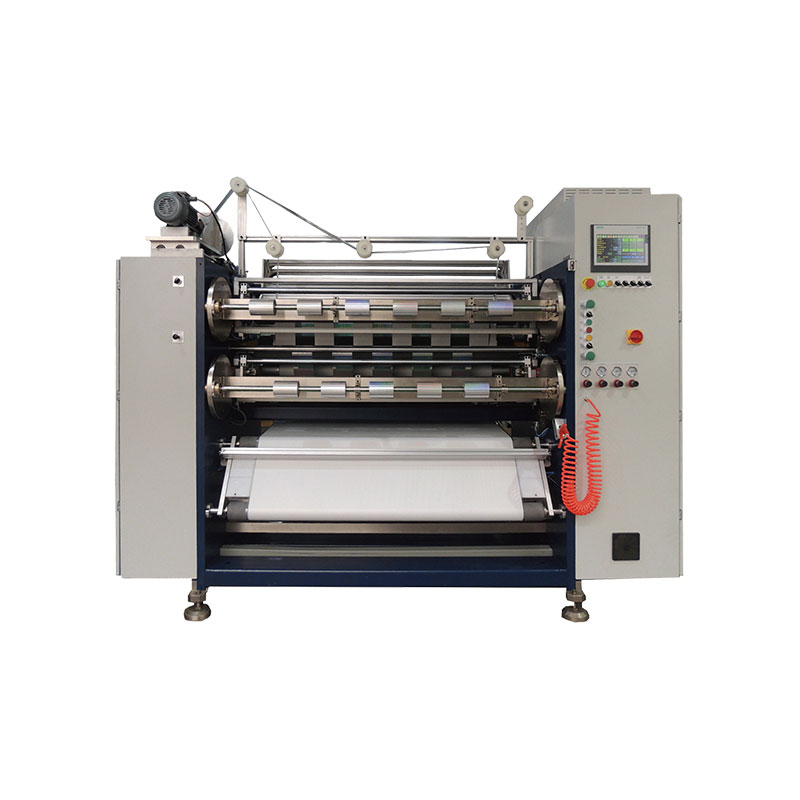 Hot Stamping Foil Slitter (4 Shafts)
Hot Stamping Foil Slitter (4 Shafts)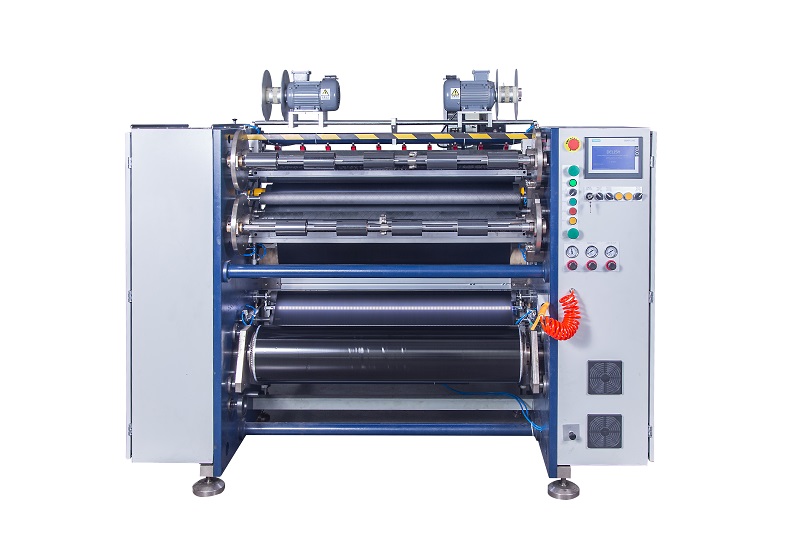 Semi-Auto TTR Slitter RSDS2 Plus
Semi-Auto TTR Slitter RSDS2 Plus Semi Automatic TTR Slitter RSDS5 Plus
Semi Automatic TTR Slitter RSDS5 Plus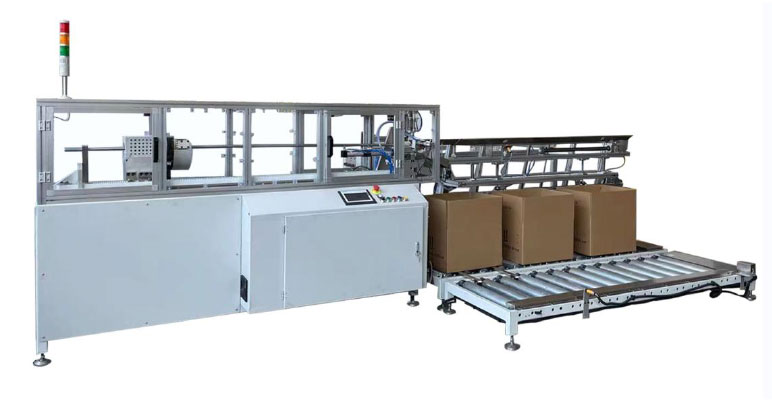 Auto Paper Core Cutter
Auto Paper Core Cutter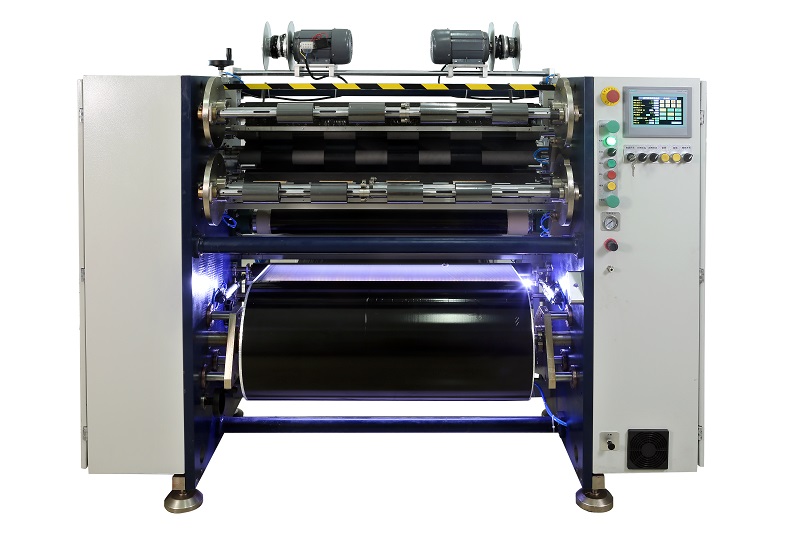 Manual TTR Slitter RSDS2
Manual TTR Slitter RSDS2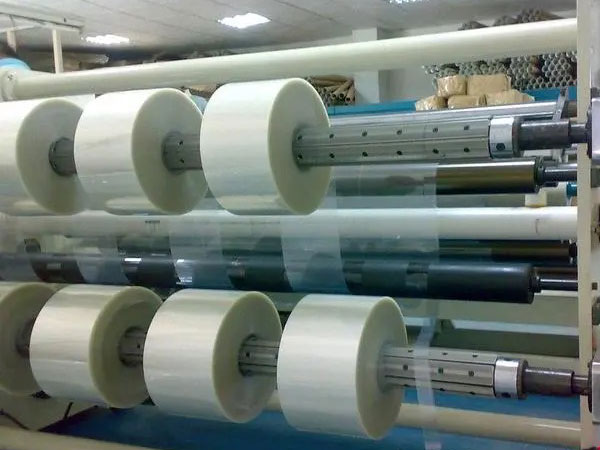 Film Slitting Machine
Film Slitting Machine





